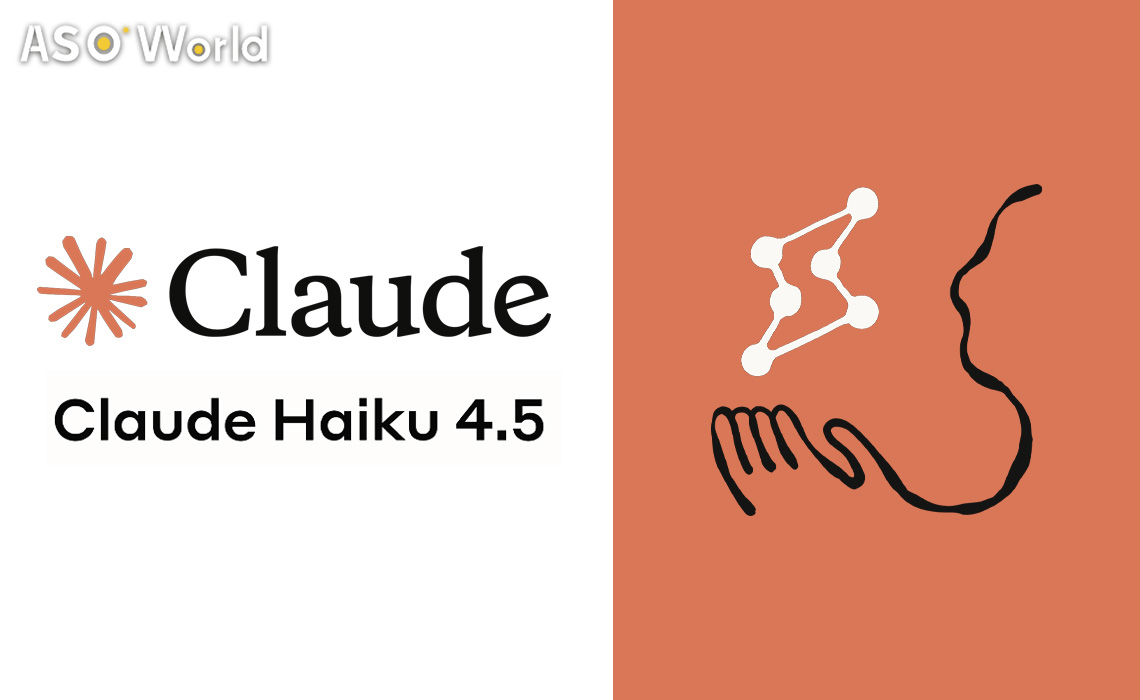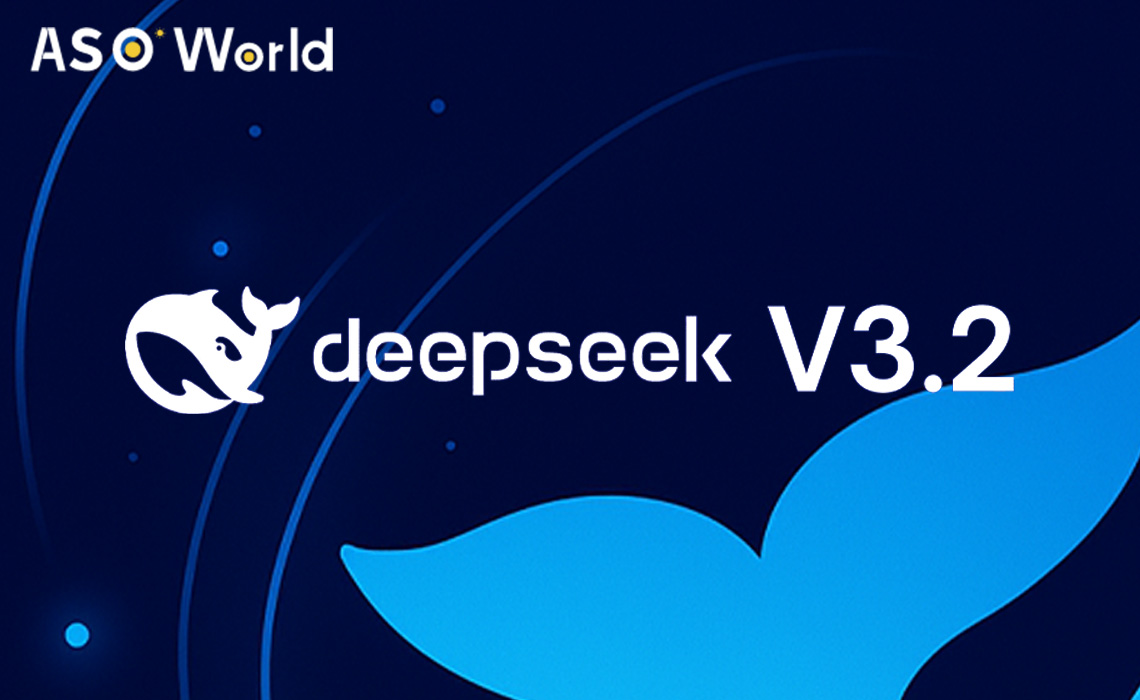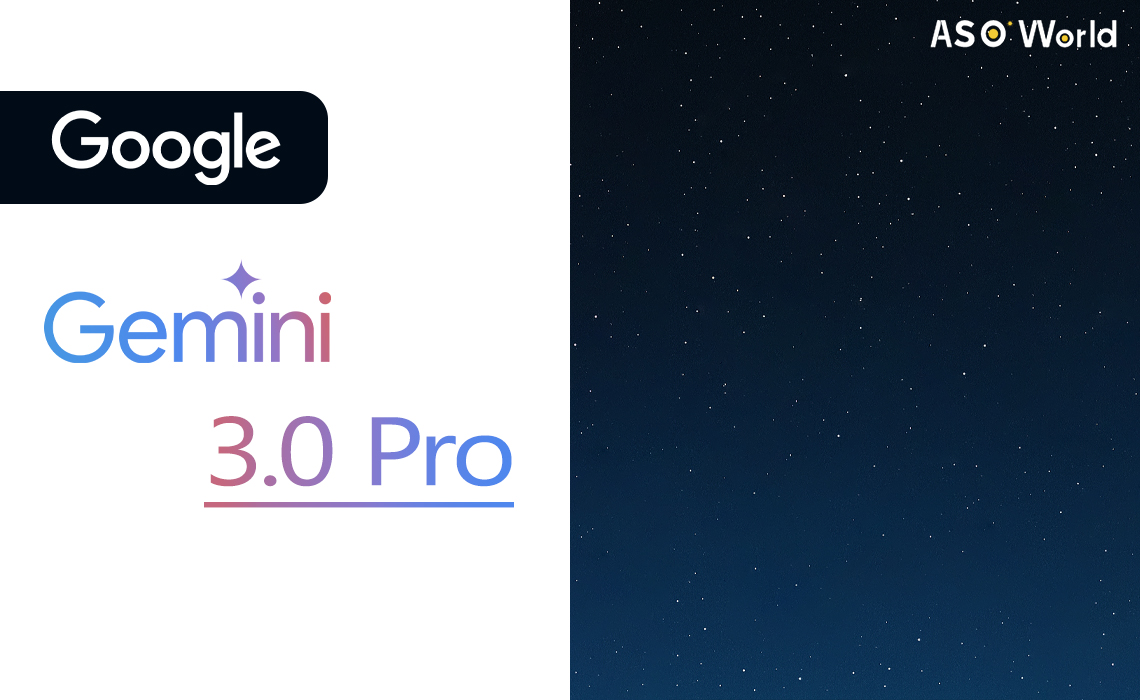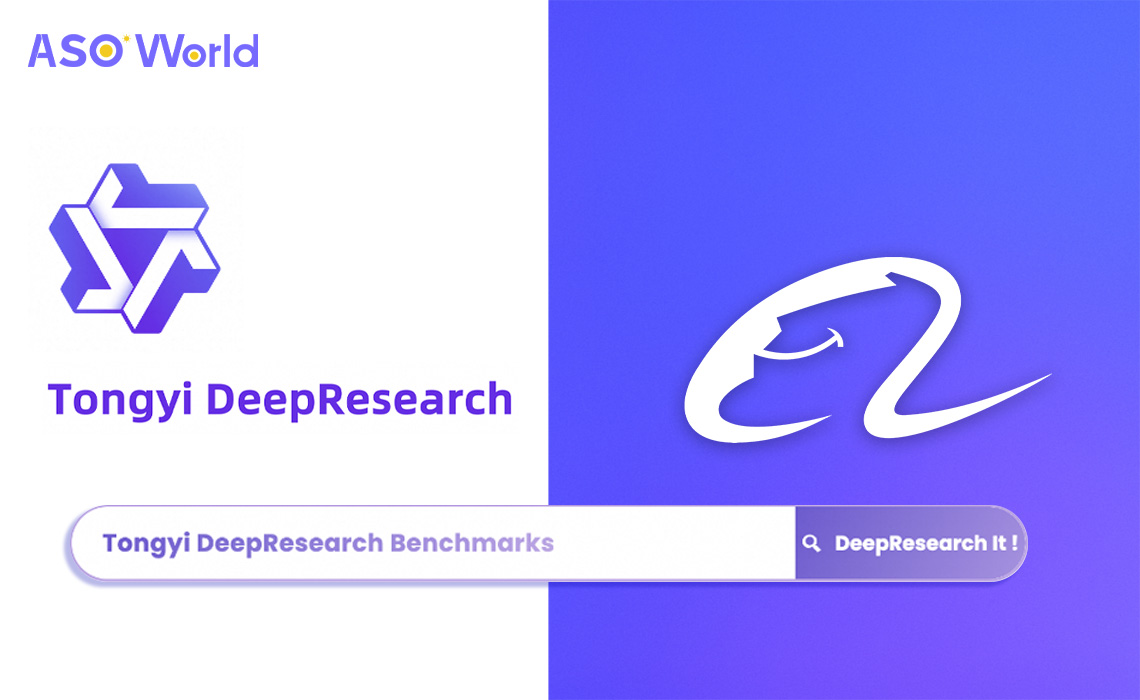Anthropic has announced the release of Claude Haiku 4.5, a next-generation small and fast language model optimized for real-time operations, large-scale deployment, and efficient multi-agent workflows.
The model aims to bring top-tier reasoning and coding capabilities to a wider range of developers and enterprises while keeping latency and costs low. Here's everything you should know about it:
What Is Claude Haiku 4.5?
Claude Haiku 4.5 is the newest addition to Anthropic's Haiku family — compact, high-speed models built for responsiveness and affordability.
Designed as the "executor" counterpart to Anthropic's larger Sonnet and Opus models, Haiku 4.5 specializes in performing subtasks rapidly and reliably within multi-agent systems.
Anthropic reports that the model achieves a 73.3% score on SWE-bench Verified, rivaling mid-tier large language models in programming and reasoning quality.
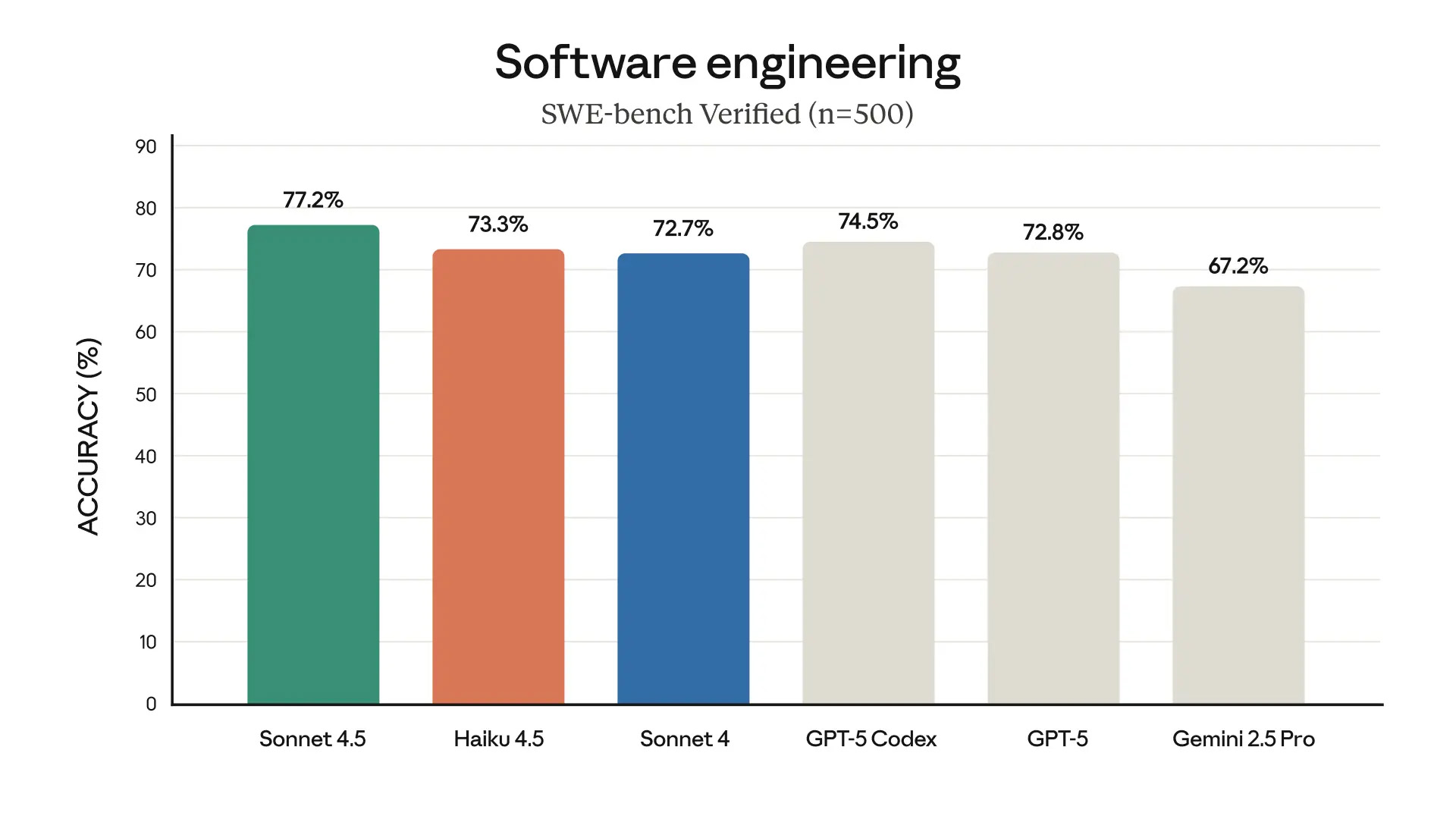
(Source: Anthropic)
With over twice the speed and about one-third the cost of Sonnet 4, Haiku 4.5 is positioned as a powerful yet economical engine for real-time AI workflows, developer tools, and large-scale agent networks.
Core Features & Capabilities
High Performance at Lower Cost
Haiku 4.5 delivers strong results in code generation, debugging, and structured reasoning tasks, offering near-frontier performance while dramatically improving cost efficiency.
Its low-latency inference design makes it ideal for applications requiring rapid feedback, such as chat assistants, embedded tools, or live coding environments.
Scalability and Parallel Execution
Built to operate in multi-agent systems, Haiku 4.5 can run numerous instances simultaneously, executing complex workflows in parallel.
Anthropic promotes a hybrid model design in which Sonnet or Opus handle strategic reasoning, while Haiku executes subtasks in real time — a structure that enhances both efficiency and throughput.
Multimodal and Extended Context Support
The model supports text and image inputs and can process large context windows, enabling it to handle documentation, design analysis, and tool-driven environments effectively.
These capabilities extend Haiku 4.5's utility beyond text-based interactions into broader enterprise and technical domains.
Safety and Governance
Following extensive testing across cybersecurity, autonomy, and biological risk domains, Anthropic classifies Haiku 4.5 under its AI Safety Level 2 (ASL-2).
This designation reflects moderate safety restrictions and balanced openness for enterprise deployment.
The accompanying system card outlines the company's testing methodologies and mitigation strategies to ensure responsible use.
Comparison with Key Competitors
Claude Haiku 4.5 positions itself as a balanced mid-tier model, blending efficiency and intelligence at a competitive cost.
Compared with both its predecessor and rival models from OpenAI, Google, and Meta, it demonstrates a strategic focus on fast inference and stable quality for enterprise use.
| Model | Context Window | Intelligence | Price (USD/1M Tokens) | Output tokens/s | Latency |
| Claude Haiku 4.5 |
200k
|
55
|
$2.00
|
49
|
0.69
|
| Claude Haiku 3.5 |
200k
|
20
|
$1.60
|
54
|
0.62
|
| Claude Sonnet 4.5 |
1m
|
63
|
$6.00
|
62
|
1.84
|
| Claude Sonnet 4 |
1m
|
57
|
$6.00
|
53
|
1.68
|
| GPT-5 mini (minimal) |
400k
|
42
|
$0.69
|
82
|
1.31
|
| Gemini 2.5 Flash-Lite |
1m
|
48
|
$0.17
|
682
|
6.02
|
| Llama 4 Scout |
10m
|
28
|
$0.24
|
112
|
0.54
|
(Source: Artificial Analysis)
Overall, Anthropic's Haiku 4.5 carves out a niche between high-end general models and ultra-fast, low-cost alternatives.
Its 200k context window, solid intelligence boost, and balanced performance profile underline Anthropic's intent to dominate the enterprise-grade "speed plus quality" AI segment — a space increasingly vital in productivity, content automation, and customer interaction tools.
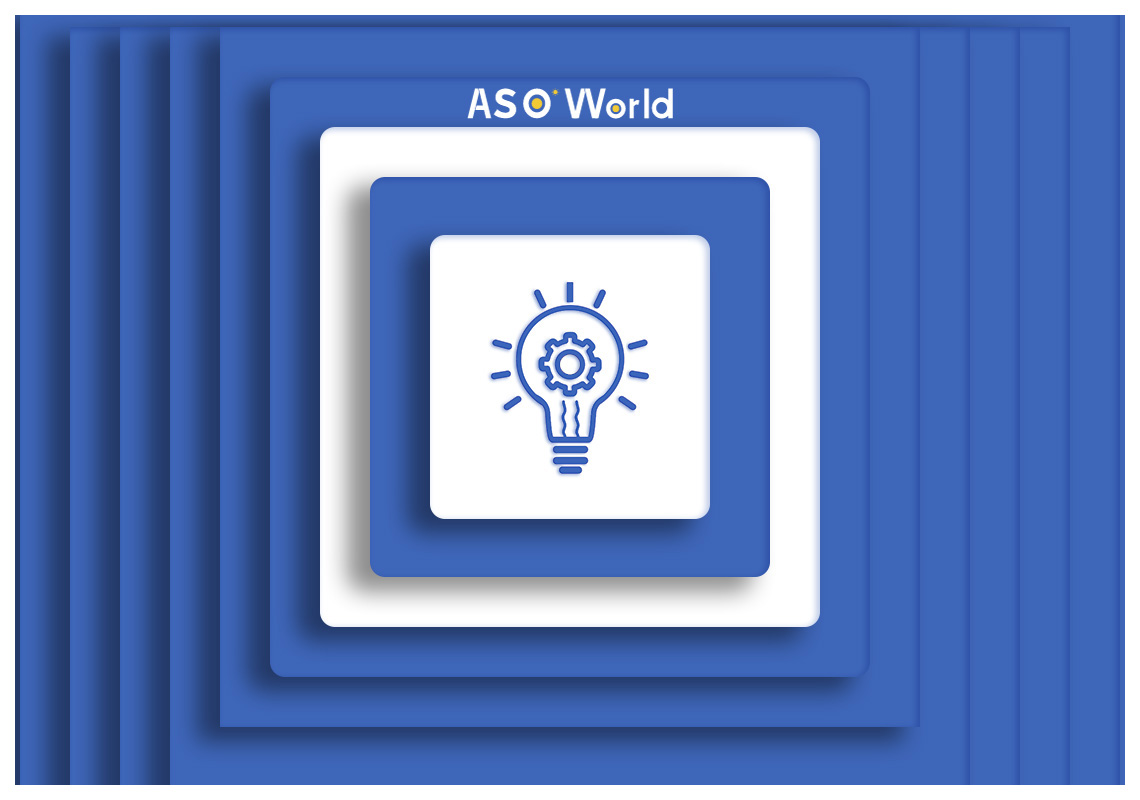
Editor's Comments
Claude Haiku 4.5 represents a significant evolution in Anthropic's product strategy.
Rather than pursuing ever-larger models, the company is refining its architecture toward a more distributed, modular ecosystem — where smaller models handle high-speed execution while larger ones manage reasoning and orchestration.
This design reflects a maturing AI landscape focused on efficiency, reliability, and scalability rather than raw size alone.
In an era where real-time interaction and cost control are critical, Haiku 4.5 positions Anthropic as a leading innovator in lightweight, production-ready AI.
Its balance of safety and performance makes it a strong candidate for enterprise adoption, while its architecture hints at the future of multi-agent, cloud-integrated AI systems.
